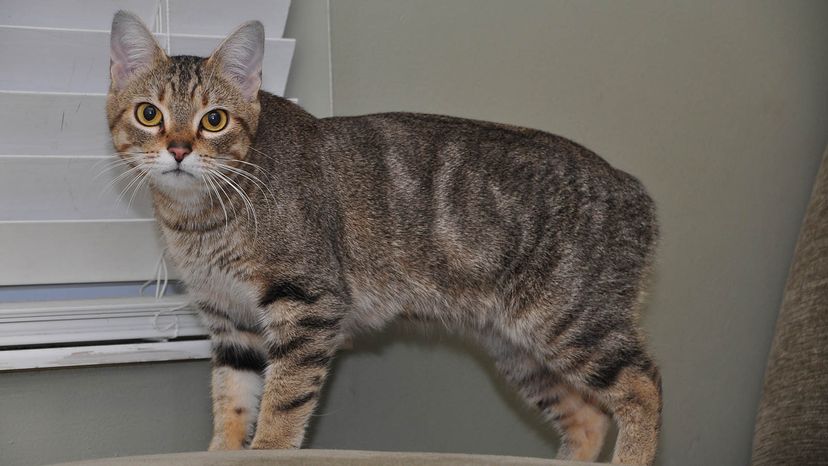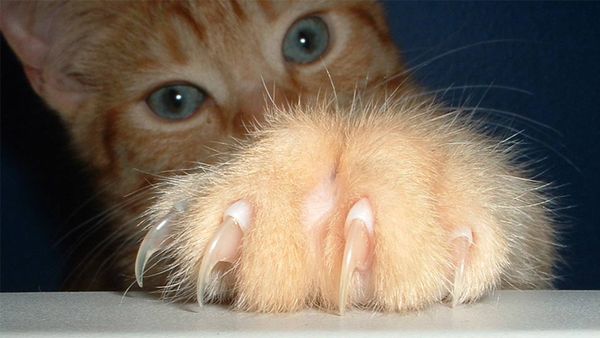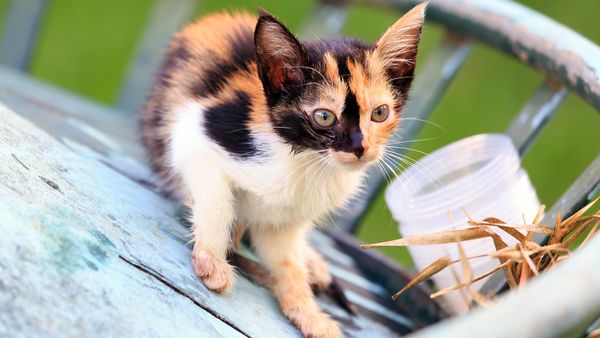
Let's face it. There's only one question when talking about Manx cats: Why don't they have tails? The simple answer is that this ancient breed from the Isle of Man (hence the name) has a genetic mutation in the gene that forms its spine.
It's believed the tailless breed originated on the island but then bred with cats brought along by Nordic explorers – you know, Vikings. Because of the island's isolation and the dominance of the gene, taillessness became a dominant trait among the island's cat population.
Advertisement
Here's what happened: The gene, labeled "M," caused abnormal development of the coccygeal (tail) and sacral vertebrae (the area of the spine just in front of the tail). All Manx have one M gene and one normal gene, with the mutant or Manx gene incomplete dominant, meaning that the two copies of a gene for a particular trait (taillessness, in this case) combine so that neither dominates the other. This translates to the fact that Manx cats are born without tails or with tails of varying lengths. Their tail lengths are classified as:
- The rumpy is completely tailless, with no tail vertebrae. Of the different classifications of Manx, only rumpies are allowed to compete in Cat Fancier Association (CFA) cat shows.
- The rumpy riser has 1 to 7 vertebrae tail vertebrae fused together, with no movement in the tail at all.
- The stumpy has a short tail, or the stump of a tail, usually 2 to 14 vertebrae with normal side to side movement.
- The longy has a nearly normal length tail.
Advertisement


